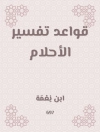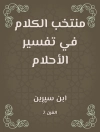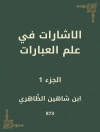This text helps students learn how to select, read, understand, and evaluate the research they read. Many texts focus on the process of conducting research and not as much on how students in applied disciplines can assess and apply that research in their future professional lives; this text aims to fill that gap. Organized in the same way as a research article, the book includes a chapter on literature reviews and research questions, followed by three methods chapters (quantitative, qualitative, and mixed methods), and a chapter on research conclusions and implications. The book includes a wealth of pedagogical features including Learning Objectives, Check Your Understanding questions, a Guided Application exercise in each chapter, suggested further reading, and a glossary. Three research articles, used as exemplars throughout, are included in the appendix to the book.
विषयसूची
Chapter 1: Introduction and Overview
Chapter 2: Introduction and Overview of Data-Driven Articles
Chapter 3: Literature Review
Chapter 4: Methods and Results: Quantitative Approaches
Chapter 5: Methods and Results: Qualitative Approaches
Chapter 6: Methods and Results: Mixed Methods Approaches
Chapter 7: Putting it All Together – Discussion, Conclusions, and Implications
लेखक के बारे में
Paul A. Schutz, Ph D is currently a Professor in the Department of Educational Psychology at the University of Texas at San Antonio. His research interests include the nature of emotion, the influence of emotional experiences on teachers’ identity development, research methods and issues related to race and social justice. He has several publications related to the use of mixed methods and has taught a variety of different research methods course, including qualitative, quantitative and mixed methods research courses. He is a past president for Division 15: Educational Psychology of the American Psychological Association and a former co-editor of the Educational Researcher: Research News and Comment, a lead journal for the American Educational Research Association.












